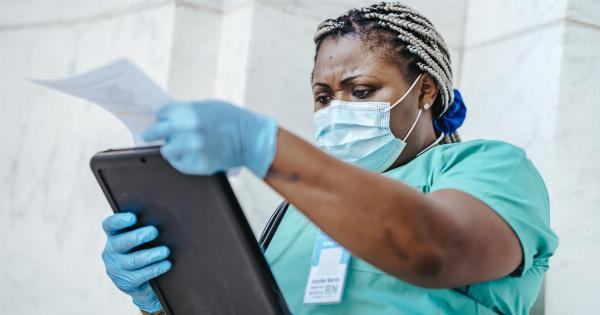Cervical cancer is a serious disease that affects millions of women worldwide. It is caused by the human papillomavirus (HPV) and can be fatal if not detected and treated early.
Regular cervical cancer screening is essential to detect any abnormalities within the cervix.
However, not all women have access to regular screenings due to various reasons, such as lack of time, money, transportation, or healthcare facilities. In this article, we will discuss how to perform a DIY cervical cancer detection test at home.
What is Cervical Cancer?
Cervical cancer is a cancer that affects the cervix, which is the lower part of the uterus that connects to the vagina. It usually develops slowly over time and starts as abnormal cells within the cervix.
The human papillomavirus (HPV) causes almost all cases of cervical cancer. This virus is sexually transmitted and affects both men and women.
In most cases, the body’s immune system can fight off the virus, but in some cases, the virus can persist and lead to the development of cancerous cells.
Symptoms of Cervical Cancer
Some women may not experience any symptoms of cervical cancer, especially in the early stages. However, as the cancer progresses, common symptoms may include:.
- Abnormal vaginal bleeding, such as bleeding between periods, after sex, or after menopause
- Pain during sex
- Unusual vaginal discharge
- Pelvic pain or discomfort
If you experience any of these symptoms, it is important to consult with your healthcare provider to determine if further testing is necessary.
DIY Cervical Cancer Detection Test
A DIY cervical cancer detection test is a simple and cost-effective way to screen for abnormalities within the cervix.
This test is called a cervical screening test and involves collecting a sample of cells from the cervix to be examined under a microscope for any abnormalities.
Women who are sexually active or over the age of 21 should have a cervical screening test every three years. However, women who have a history of cervical cancer or abnormal test results may need more frequent screenings.
What You Will Need
To perform the DIY cervical cancer detection test, you will need the following:.
- Cervical screening kit (purchased online or from a pharmacy)
- A clean and private space to perform the test
- Familiarity with the anatomy of the female genitalia
How to Perform the Test
The following are the steps to perform the DIY cervical cancer detection test:.
- Wash your hands thoroughly with soap and water.
- Choose a comfortable and private space to perform the test, such as a bathroom or bedroom.
- Remove any clothing from the waist down.
- Take the screening kit and read the instructions carefully.
- Insert the speculum into your vagina and open it gently. This will allow you to see your cervix.
- Take the screening brush and gently insert it into your vagina until you feel resistance. Rotate the brush around the cervix for 10-15 seconds to collect cells.
- Withdraw the brush and place it into the liquid container provided in the kit.
- Seal the container and return it to the lab or follow the kit’s instructions for mailing the sample for testing.
- Dispose of the speculum and any other materials according to the instructions provided in the kit.
It is important to note that you should not perform this test during your menstrual period, as blood may interfere with the results.
What to Expect After the Test
After you have performed the test, you may experience some mild discomfort or spotting. This is normal and should subside within a day or two.
You will receive the results of the test within a few weeks. If there are any abnormalities detected, your healthcare provider will recommend further testing or treatment as needed.
Conclusion
A DIY cervical cancer detection test is a convenient and affordable way to screen for cervical cancer. If you are unable to access regular cervical cancer screenings through traditional healthcare channels, this test may offer an alternative option.
However, it is important to note that this test should not replace regular screenings performed by a healthcare provider.
If you have any concerns about cervical cancer or your sexual health, consult with your healthcare provider to determine the best course of action for you.






























